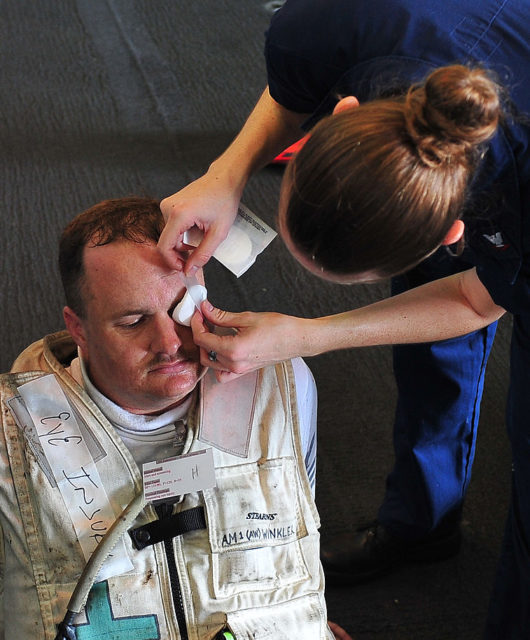Understanding Depth, Placement, and Threading in Optic Milling
Key Takeaways:
- Learn the importance of depth accuracy in optic milling for maintaining firearm integrity
- Discover how proper placement influences sight alignment and shooter performance
- Explore the role of threading in ensuring secure and reliable optic installation
- Gain insights on the technologies and techniques used in modern optic milling services
Introduction
In the world of firearm customization, the precision of optic milling plays a pivotal role in how effectively a firearm can be adapted to various sighting systems. The process involves intricate cutting and preparation of the firearm’s slide to accommodate modern optics, such as red dot sights. A dedicated optic milling service ensures the sight is aligned and securely fitted onto the firearm.
Milling a firearm slide for optics involves several key aspects: depth, placement, and threading. Each aspect must be carefully considered to achieve the optimal balance between functional accuracy and structural integrity. This article delves into the intricacies of these components, uncovering their significance in crafting an efficient and dependable firearm setup.
Depth in Optic Milling
Depth control in optic milling is crucial to maintain the firearm’s original strength while providing a suitable seat for the optic. Too shallow a cut may result in unstable mounting, while excessive depth risks compromising the structural integrity of the slide. Precision is paramount; milling cuts must be executed with exact measurements to ensure the optic sits flush, promoting mechanical stability and aesthetic appeal.
Advanced CNC machines and expert craftsmanship combine to execute these intricate cuts. A well-calibrated machine will prevent errors that affect the firearm’s overall performance. This underscores the importance of choosing a reputable service that employs technology and expertise.
Placement Considerations
The proper placement of an optic involves more than just aesthetic considerations; it is crucially linked to shooter accuracy and comfort. Positioning the optic too far forward or backward can affect how naturally the shooter acquires the target and can also impact the balance of the firearm. The goal is to position the optic in a manner that complements the shooter’s natural aiming perspective.
Fortunately, modern milling services consider individual shooter preferences, offering customization that can improve optic acquisition. This approach is essential for competitive shooting, where fractions of a second can determine outcomes. Correct placement enhances ergonomics, allowing for a seamless transition between targets.
Factors Influencing Placement
- Recoil Management: The reactive movements caused by recoil must be considered during placement to ensure sight stability.
- Functional Alignment: Optics must align with other tactical elements, such as backup iron sights, for co-witnessing.
- User Preference: Shooters often have personal preferences for optic placement based on their efficiency and comfort
The Importance of Threading
Threading is another critical element in the optic milling, as it dictates how securely the sight is fastened to the slide. Improper threading can result in loose optics, which can shift during use, thereby negating the precision advantage the optic was meant to provide. Ensuring that screws are properly seated and torqued is essential for maintaining reliability.
Durable and consistent threading practices prevent wear over time, guaranteeing that the optic maintains zero even after extensive use. When performed correctly, threading can withstand the rigors of regular firing without negating the optic’s accuracy.
Technological Advancements in Optic Milling
Advancements in technology have unlocked new possibilities in optic milling, enhancing precision and broadening customization options. Modern CNC machines allow for unparalleled accuracy, executing complex cuts that were impossible through traditional milling techniques. This tech-driven evolution ensures that optic milling services can deliver higher-quality results in less time.
Furthermore, CAD software has been instrumental in pre-visualizing the milling process, allowing for detailed planning and higher success rates. These technologies streamline the entire process, enabling seamless integration of optics into different firearms.
Challenges and Solutions in Optic Milling
Although the technologies available today are robust, optic milling has challenges. Maintaining precision and structural integrity requires continuous oversight and quality control. Services focusing on innovations in milling continue to address these challenges, offering solutions that enhance the user experience.
Regular updates to milling machinery and methods are necessary to accommodate new optic designs, ensuring compatibility and optimal performance. Collaborations with optic manufacturers further allow milling services to refine their approaches, tailoring cuts specific to the optics’ unique properties and installation requirements.
Understanding the complexity and precision required in optic milling unlocks the potential to elevate a firearm’s functionality and performance. Depth, placement, and threading each ensure a reliable and accurate outcome. By choosing expert services with cutting-edge technology, shooters can enhance their experience in sport shooting, hunting, or defense scenarios. Future advancements promise even greater customization and precision, heralding a new era of firearm optimization.










